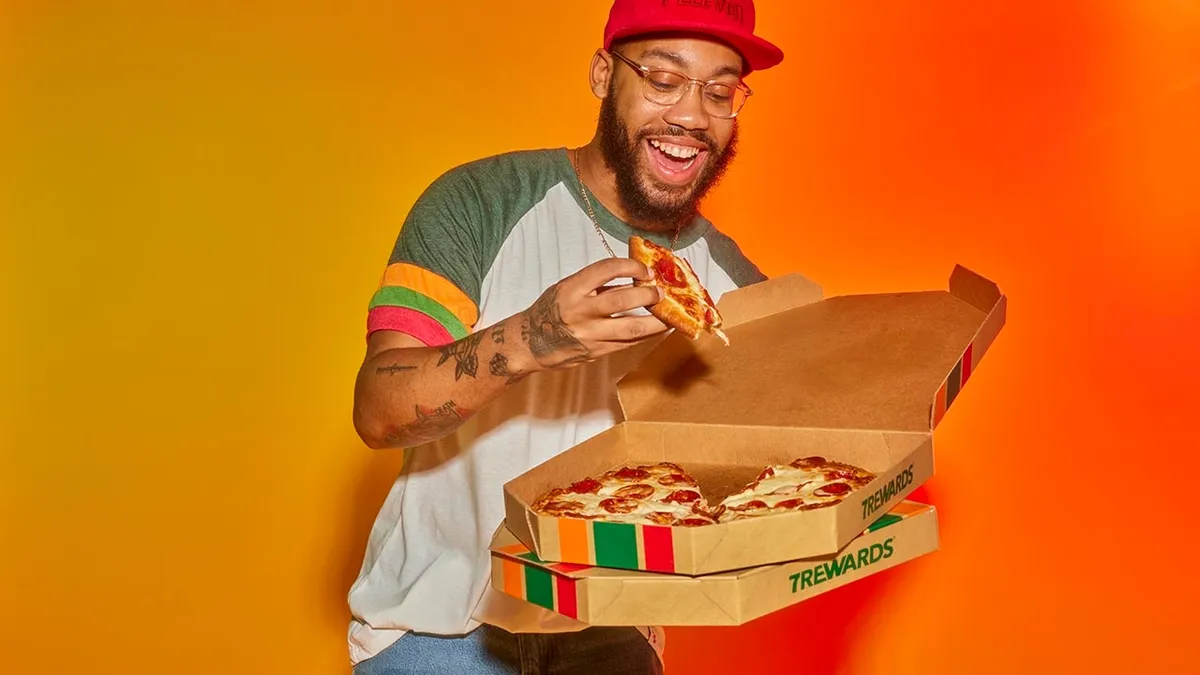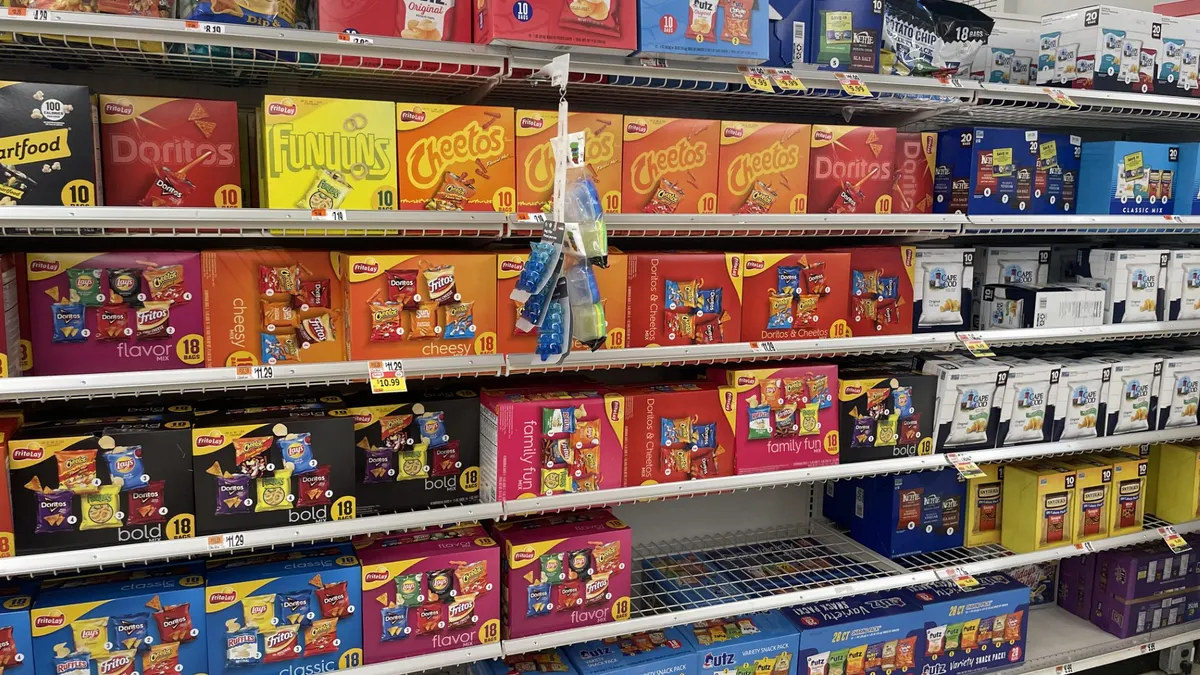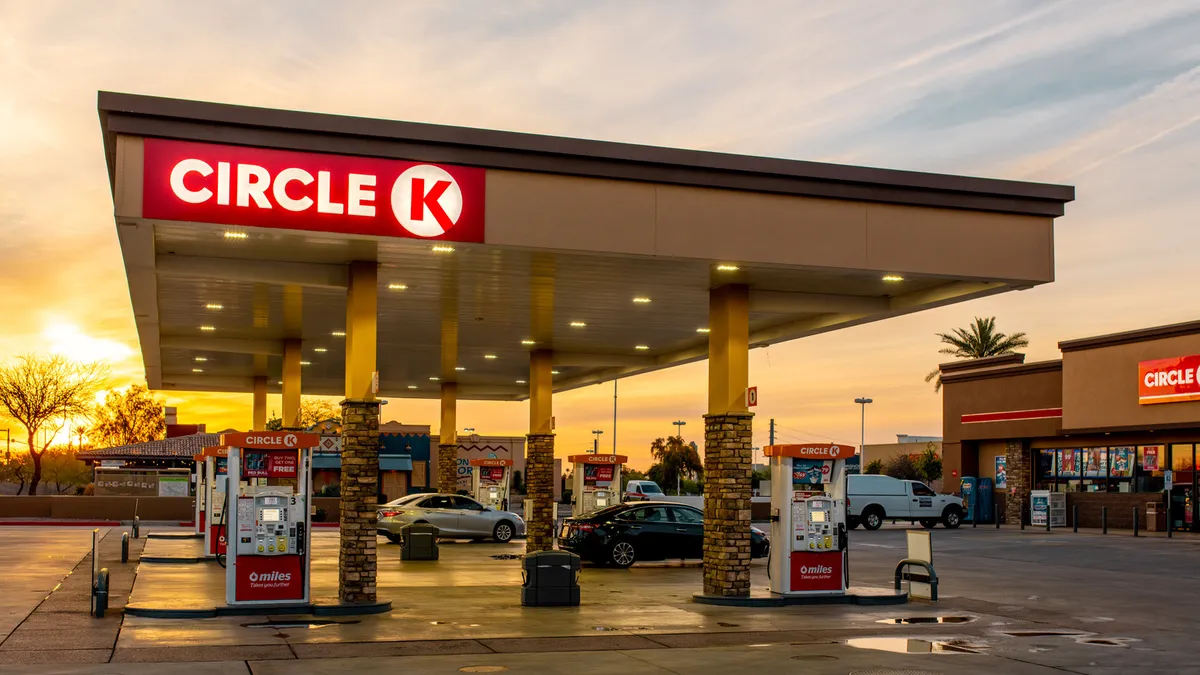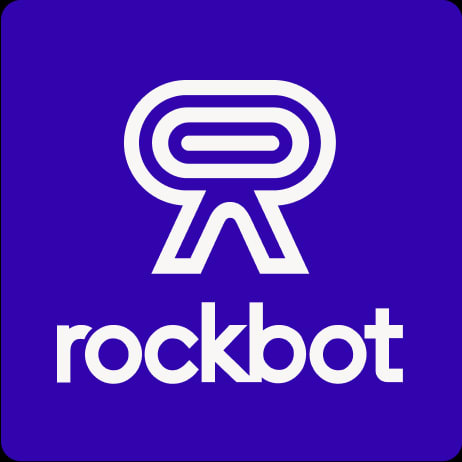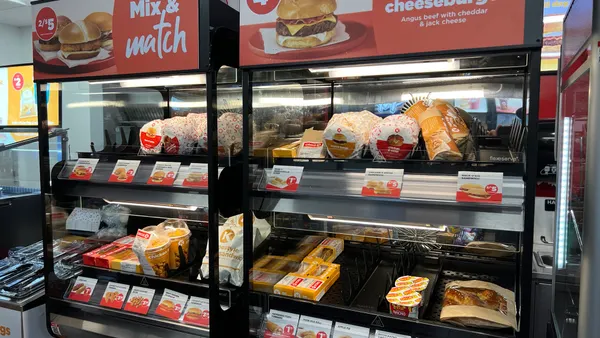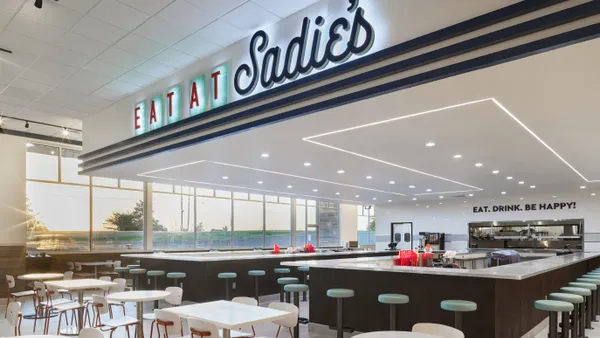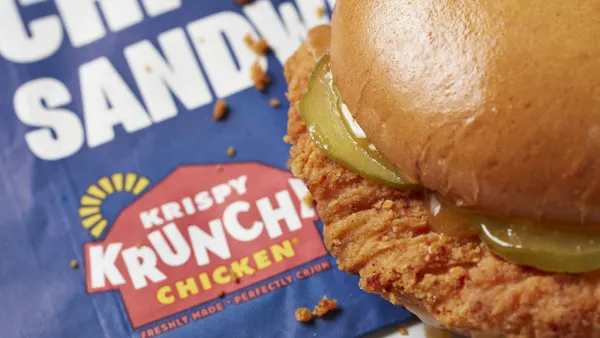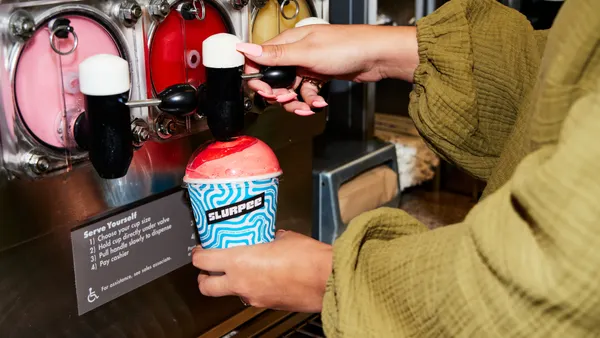3 Big Numbers is a weekly column that looks at a few key details from around the c-store industry.
Seven & i Holdings, the Japanese company that owns 7-Eleven, has been having a rough time lately.
Concerns about the company’s overall performance have led to disgruntled shareholders putting pressure on leaders to either make big changes or consider Alimentation Couche-Tard’s bid to buy it out.
Seven & i has taken some drastic steps this year, including naming its first non-Japanese CEO in Stephen Dacus and planning to take its North American arm, 7-Eleven Inc., public in 2026.
Amid all this, the company has outlined a number of goals, including cutting costs and boosting foodservice, delivery and private label sales.
In this week’s “3 Big Numbers,” we look at three areas where 7-Eleven has made progress on its long-term plans in North America.
$245 million
7-Eleven’s Q1 operating income.
Operating income for 7-Eleven grew from $201 million in the first quarter of fiscal year 2024 to $245 million in the same quarter of fiscal 2025, according to Seven & i’s earnings presentation. That’s more than a 20% increase.
Challenges persisted, however, as same-store sales were down 1%. But the growth came largely from increased merchandise gross product margins and a small decrease in non-production costs, such as administrative salaries or rents.
Let’s set aside the margin increase for a moment and focus on the cost savings. 7-Eleven targeted $500 million in cost savings last year and managed to surpass that by cutting spending by $562 million during fiscal 2024. The focus on fiscal discipline is continuing into this year, with the company looking to make further cuts ahead of the proposed 2026 IPO.
435
The number of 7-Eleven stores where food and beverage programs were modernized in Q1.
7-Eleven’s foot traffic was down 6% in Q1 year over year, according to the earnings presentation. While that’s never great, 7-Eleven was able to offset this drop in a couple ways.
First, its average basket size in the first quarter was up 5.3%. Second, the company boosted its gross product margins by 1.1% in the quarter.
While these margin gains came from multiple areas, they were mainly a result of the company’s focus on growing proprietary products. It saw better margins from fresh food and private label goods.
The company has rolled out modernized food and beverage programs to 435 sites so far in fiscal 2025. While the rollout is expected to slow for the rest of the year, 7-Eleven is expected to modernize the offering in another 1,000 stores. This modernization includes adding hot grab-and-go cases as well as racks of bakery items.
Private label plus updated coffee programs and an expansion in the number of stores that include restaurants show that whether or not it works, 7-Eleven is remaining focused on improving its reputation among food-seeking patrons.
18.2%
The year-over-year increase in same-store delivery sales for 7-Eleven in Q1.
7-Eleven only added delivery to 74 stores during the quarter, but that’s understandable when delivery is already available in over half of the company’s locations.
What’s more interesting is the increasing use of delivery at stores that have already had it for a while.
Same-store delivery sales — that is, sales growth among stores that already had delivery during fiscal Q1 in 2024 — were up over 18% year over year. The average basket size for these orders was more than $15.
If 7-Eleven can keep growing these sales, or even just maintaining these basket sizes white the number of stores offering delivery grows, the incremental sales will have an even bigger impact on the bottom line.



